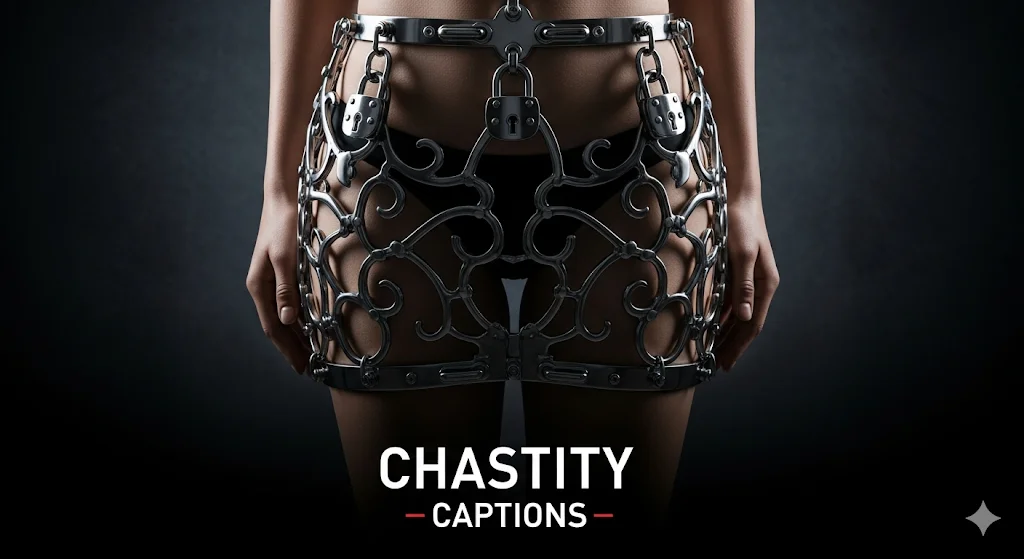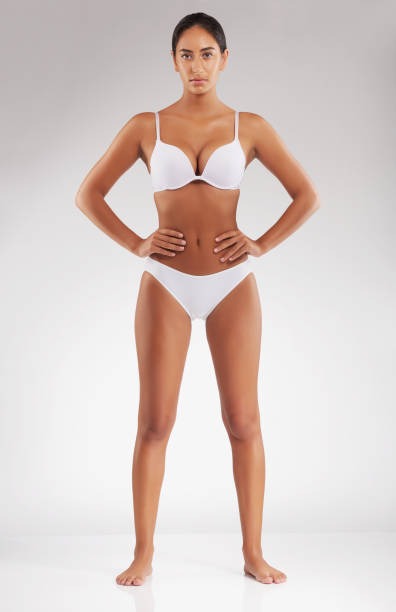Styling hair shouldn't feel like a chemistry experiment, but traditional gels often leave you dealing with sticky hands, uneven application, and that crunchy helmet-head look nobody actually wants. A hair gel stick solves most of these problems by putting the product in a solid, twist-up format that goes exactly where you need it. Think of it like a glue stick, but for your hair—except obviously with ingredients that won't damage your strands. These sticks have been gaining popularity since around 2018, particularly for taming flyaways and controlling edges, and the market's grown by roughly 40% in the past three years according to beauty industry tracking data.
What Makes These Different From Regular Gel
The formula in a gel stick is more concentrated than what you'd get in a jar or tube. Most contain a higher percentage of holding polymers—usually somewhere between 8-12% compared to 4-6% in traditional gels. That's why a little goes so much further. You're not dealing with a watery consistency that drips or needs to be scooped out with your fingers.
The wax-based delivery system is the real game-changer here. Many gel sticks use a combination of beeswax, candelilla wax, or synthetic waxes as the base. These create a semi-solid structure that melts slightly when it contacts your warm skin, but stays firm enough in the container that you have complete control. I remember the first time I used one, I was surprised at how much precision I had—you can literally draw a line with it if you need to.
Best Use Cases for Maximum Effect
Gel sticks really shine when you're dealing with baby hairs or those annoying flyaways around your hairline. The stick format lets you press down on individual hairs without disturbing the rest of your style. I've seen people use regular gel for this, but then you end up touching way more hair than you meant to and suddenly you're fixing your entire front section.
They're also surprisingly good for slicking back shorter hair or creating defined parts. The precision means you can work in small sections without over-applying. For guys with shorter cuts or anyone doing protective styles like braids or locs, the stick can smooth down new growth without the mess of liquid products.
Application Technique That Actually Works
Start with dry or mostly dry hair—this isn't like a leave-in conditioner where damp hair is better. The stick needs a bit of friction to deposit product, and wet hair just makes everything slide around. I usually do my main styling first with whatever pomade or cream I'm using, then use the stick as a finishing step.
Swipe the stick directly onto the areas you want to control. For flyaways, use short strokes in the direction you want the hair to go. Don't just rub it back and forth randomly—that'll create buildup without actually smoothing anything. The product should look almost invisible when applied correctly. If you can see white residue, you've used too much or didn't blend it properly.
After applying, use your fingertips or a small brush to smooth everything down. Some people skip this step, but I've found it makes a huge difference in the final look. You're essentially spreading that concentrated product across more surface area and warming it up so it sets better.
How Much Product You Actually Need
This is where people waste product and end up with buildup. For most applications, 2-3 swipes is plenty. The stick format makes it tempting to keep applying because it feels like you're not using much, but remember—the formula is concentrated. More isn't better here.
For a full hairline on someone with finer hair, maybe 4-5 swipes total. Thicker or coarser hair might need 6-8. But we're talking about small amounts. I've had the same stick last me almost four months using it 3-4 times a week, which is way longer than a jar of regular gel would last.
Ingredient Considerations
Not all gel sticks are created equal, and the ingredient list matters if you care about what you're putting on your head. Look for ones that use natural waxes and plant-based ingredients rather than heavy petroleum derivatives. Castor oil shows up in a lot of formulas because there's some research suggesting it can actually benefit hair health when used topically, though the evidence is mixed.
Avoid anything with high alcohol content listed in the first five ingredients. Yeah, alcohol helps the product dry faster, but it also dehydrates your hair over time. I used one with denatured alcohol high on the list for a few weeks and noticed my hairline getting brittle and dry.
When This Tool Isn't the Right Choice
Gel sticks aren't great for applying product through your entire head of hair. The format makes that incredibly tedious and inefficient. If you need all-over hold, stick with traditional gel, mousse, or pomade. The stick is a precision tool, not an all-purpose styling product.
They also don't work well on very thick or very long hair where you need the product to penetrate multiple layers. The stick deposits product on the surface, which is perfect for controlling what people see, but it won't give you structural hold throughout your whole head of hair.
Storage and Longevity
Keep the cap on tight when you're not using it. The product can dry out or attract dust if left exposed. I learned this after leaving mine capless on my bathroom counter for a few days and ending up with what looked like a fuzzy stick of lip balm.
Temperature matters too. Don't leave it in a hot car or anywhere above about 85°F for extended periods. The wax base can melt and then resolidify in a weird, grainy texture that doesn't apply smoothly anymore. Cool, dry storage is best—just treat it like you would any other wax-based product.




Want to add a comment?